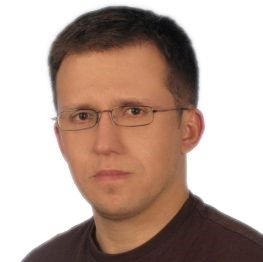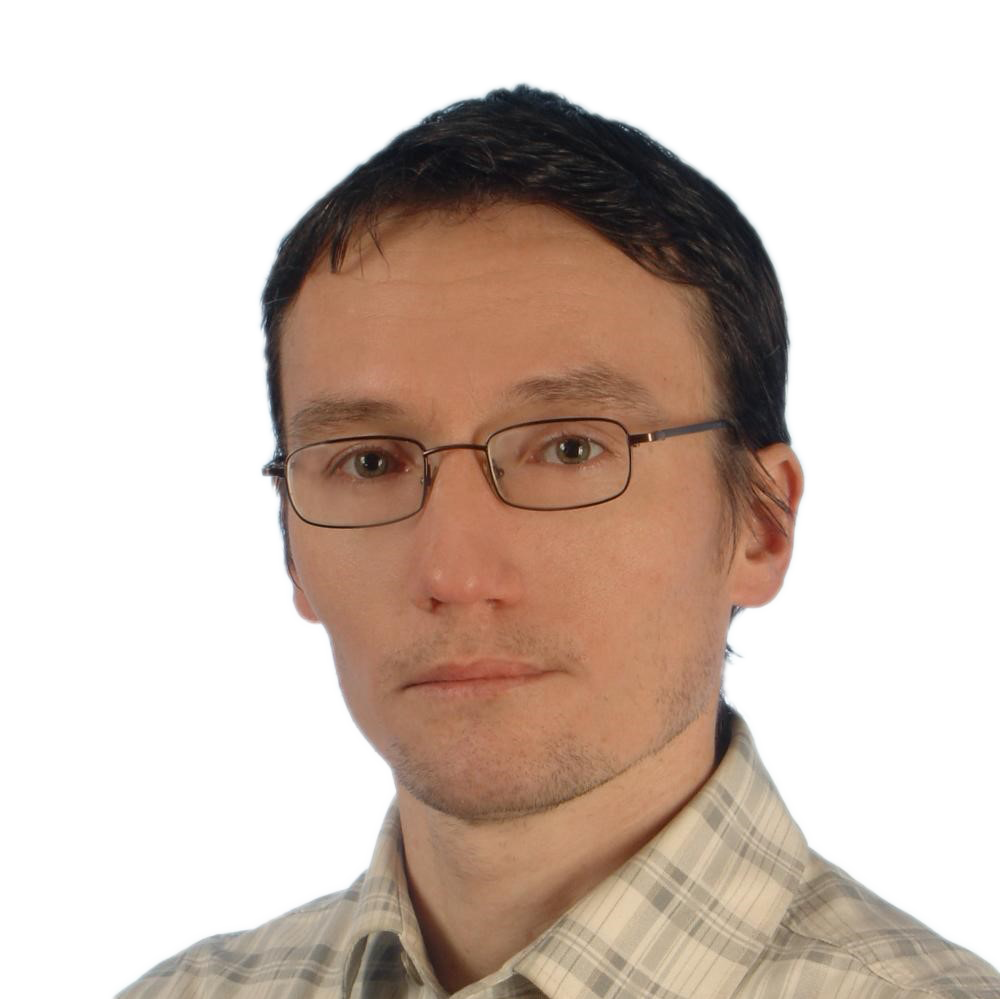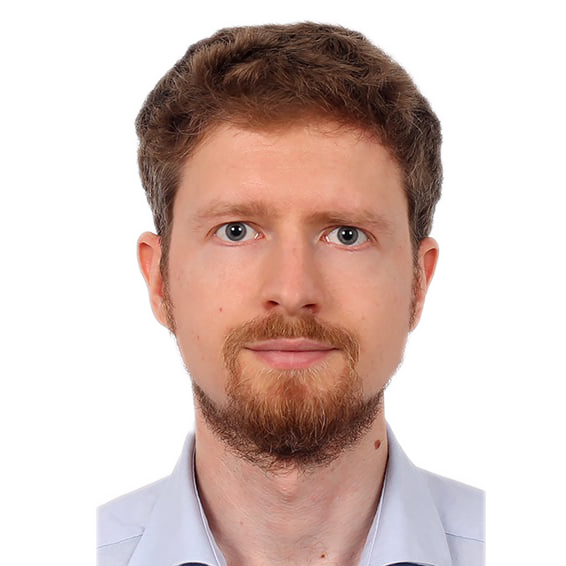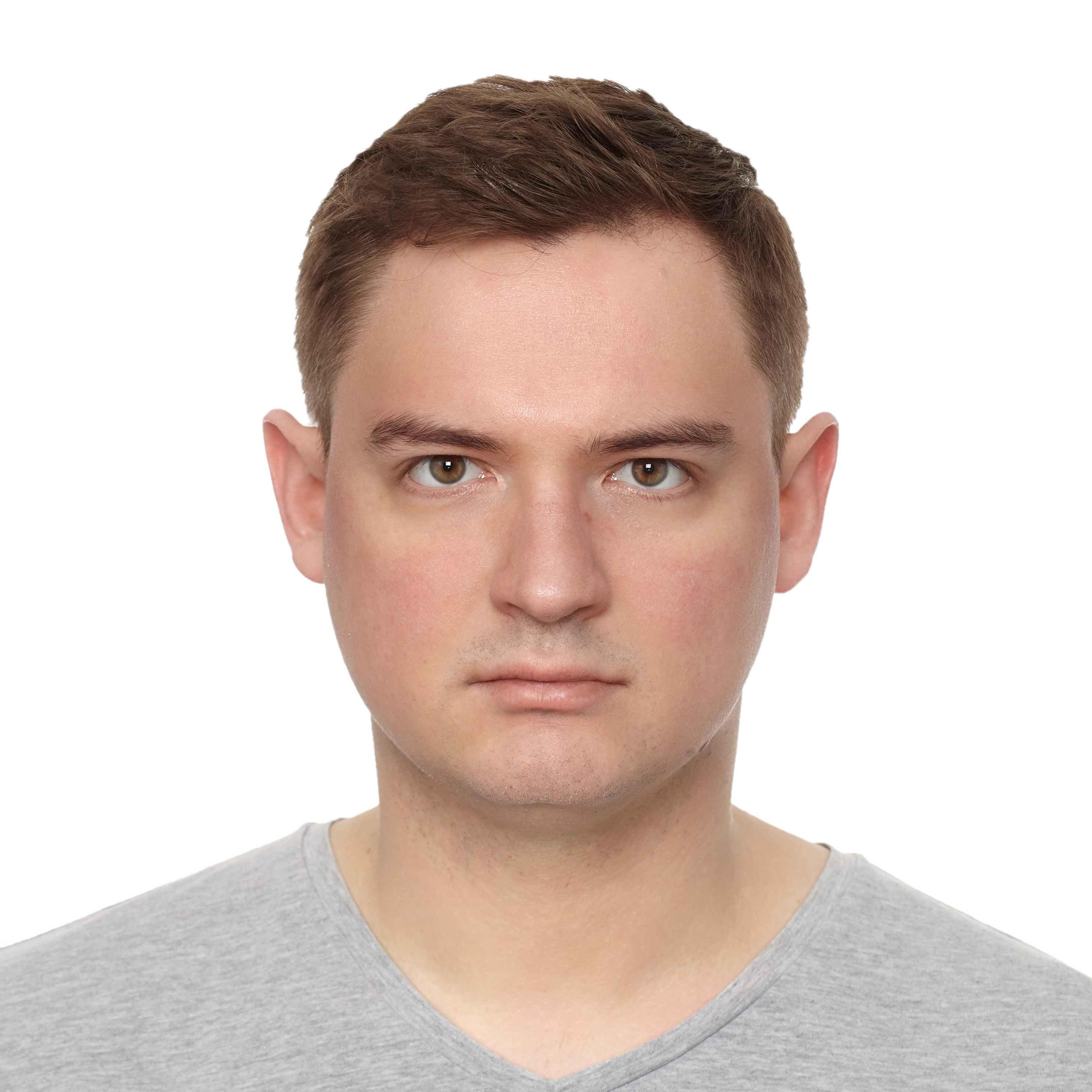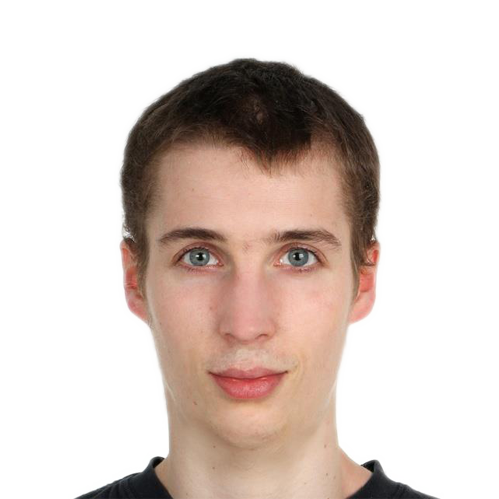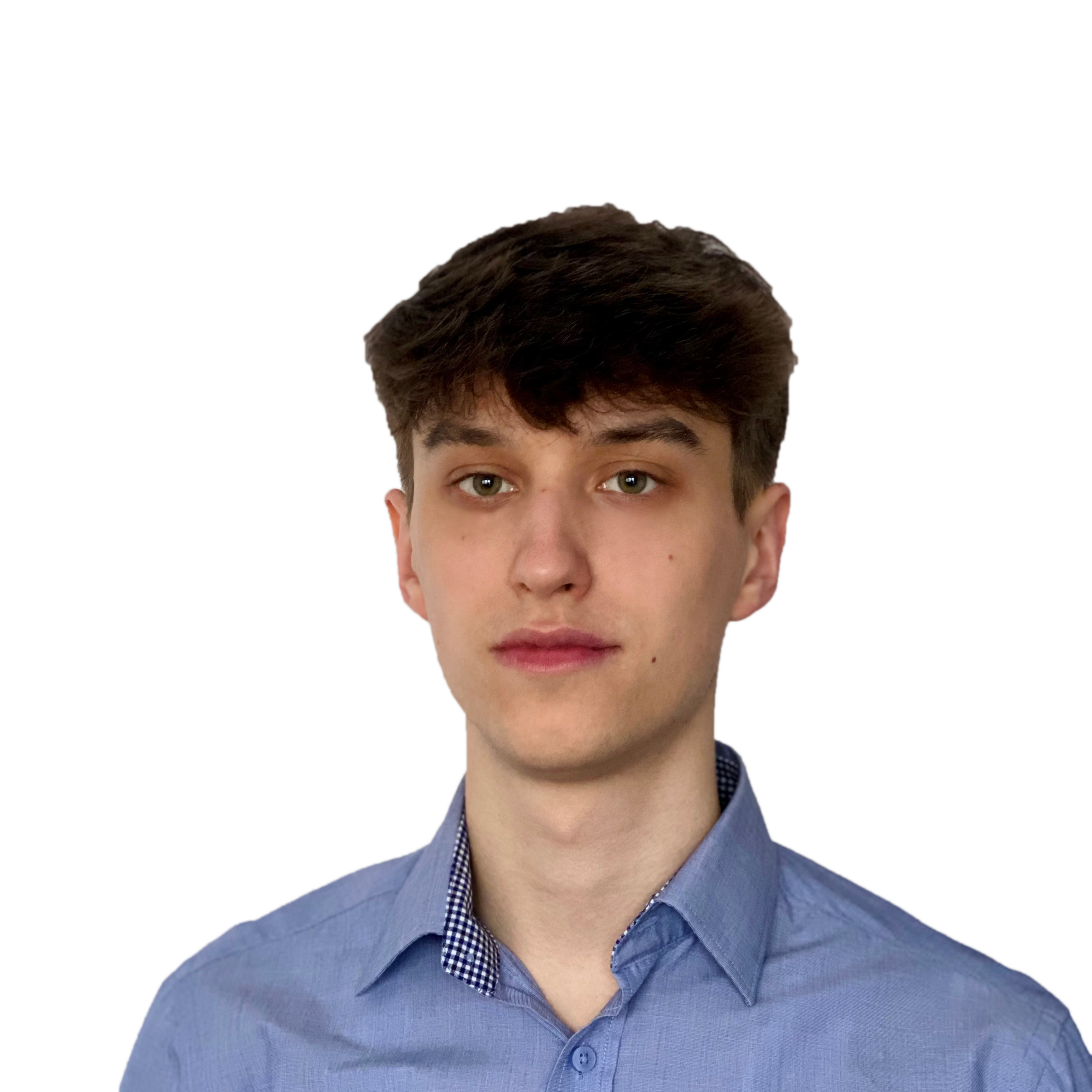EMArges specializes in dedicated solutions for accurate electromagnetic characterization of materials. Our products are useful in the measurement of dielectric constant and loss tangent of a variety of dielectrics. We also characterize ferromagnets extracting their linewidth and magnetization factor.
Our measurement hardware exploits high Q-factor cavities, such as Fabry-Pérot Open Resonator, dielectric resonators and whispering gallery mode resonators, applicable in the frequency range spanning from 1 GHz up to 140 GHz. The cavities are normally measured with a vector network analyzer, optionally supplemented with frequency extension modules. However, EMArges has also developed a dedicated Q-meter to replace the expensive laboratory-grade instruments without any degradation of the characterization results.
News & History
5G/6G MAESTRO Publishes Materials Development and Electrical Test Roadmap

See the recent iNEMI initiative aiming at preparing a 10-year roadmap for millimeter-wave materials characterization and testing explained in Low Loss Dielectric Materials Characterization Roadmap, where our measurement fixture has been selected to be the part of the study (see Figure 5).
Roadmap Focus (iNEMI page): see link to page.
Low Loss Dielectric Materials Characterization Roadmap (April 2023), see link to pdf file.
Products
Resonators for solid dielectrics
Fabry-Pérot Open Resonator
EMArges offers a novel type of a Fabry-Perot open resonator with Gaussian mirrors for automated broadband and accurate resonant measurement of electromagnetic properties of low-loss dielectric sheets in the 10-140 GHz frequency range. The system is equipped with a specialized software controlling the measurement process and extracting complex permittivity of the material under test from the measured frequency and Q-factor.
Resonators for liquids

Fabry-Pérot Open Resonator
and Dielectric/cavity resonators for liquids
EMArges Ltd. offers the most accurate and highly repeatable resonant fixtures dedicated to the measurement of liquids in the 1 – 50 GHz range. These fixtures allow measuring the dielectric constant (Dk) and dissipation factor (Df) of the liquid under test from the measured resonance frequency and the corresponding quality factor, respectively.
The family of solutions consists of:
- Dielectric resonators
- Cavity resonators
- Fabry-Perot open resonator (FPOR)

Resonators for conductors
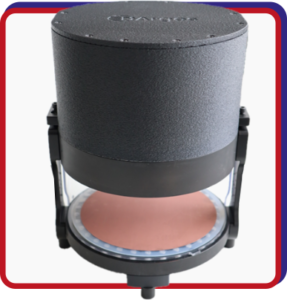
Fabry-Pérot Open Resonator for conductors
EMArges offers a novel type of a Fabry-Perot open resonator (FPOR-C) operating in the concave-planar configuration dedicated for automated broadband and accurate resonant measurements of electromagnetic properties of conductive materials in the 20-50 GHz frequency range.
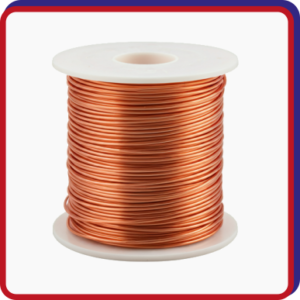
Cavity resonator for conductors
Resonators for ferromagnetics

Ferrite Sphere Linewidth Measurement Setup
The setup consists of a resonant TE102 cavity operating at ca. 5 GHz with tunable coaxial couplings terminated with SMA connectors. Together with a handheld magnet and a vector network analyzer, the setup enables accurate measurements of the ferromagnetic linewidth (ΔH) of ferrite spheres with the aid of a Windows software delivered with the system. The measurement range of ΔH is wide enough to cover both broad and narrow linewidth samples of arbitrary size, including those for which standard methods based on perturbation theory (IEC 556 1982) do not hold.
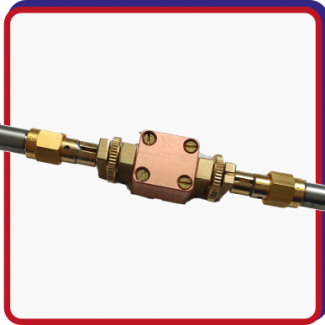
MPR Subwavelength Cavity
The Magnetic Plasmon Resonance (MPR) Subwavelength Cavity is a manual measurement fixture applicable to the characterization of low- and medium-loss spherical ferrite samples smaller than 0.6 mm. Magnetized ferromagnetic materials exhibit shape- and magnetic-bias-dependent resonant behavior. The measurement of the resonance frequency and Q-factor of the MPRs makes it possible to determine the intrinsic (shape-independent) properties of the material under test (MUT).
The MPR subwavelength cavity is essentially a coupling structure enabling accurate and broadband measurement of MPRs in spherical samples up to 40 GHz. The cavity has been engineered in such a way that electric losses in the cavity walls can be neglected if the intrinsic linewidth is broader than ca. ΔH = 0.1 Oe. Using the QtMPR software, the Q-factor and resonance frequency can be extracted from raw S21 complex measurement data. Based on those values, the software computes, amongst others, the intrinsic ferromagnetic linewidth (ΔH), Gilbert damping factor (α), and Polder’s permeability tensor components, assuming that the permeability of the MUT is governed by the Landau-Lifshitz-Gilbert (LLG) model.
Microwave Q-Meter
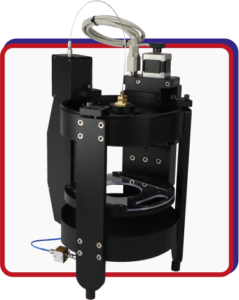
We manufacture a new model of Microwave Q-Meter dedicated to the measurement of dielectric properties of low-loss dielectrics with the aid of a Fabry-Perot Open Resonator (FPOR) in the frequency band of 20-40 GHz. The Q-Meter can replace a laboratory-grade vector network analyzer (VNA) that is usually employed to measure the resonant frequency and the quality factor of the FPOR. It allows one to perform automated broadband and precise room temperature scalar measurements of the properties of high-Q resonators loaded with material samples in this frequency range. It is controlled with a specialized software that oversees the measurement process and extracts complex permittivity of the material under test based on the measured properties of the cavity.
Services

Electromagnetic characterization
Electromagnetic characterization of materials in various frequency bands (RF, microwave, milimeter waves, sub-terahertz waves) using resonant and broadband measurement techniques
electromagnetic modeling
EMC design and manufacturing
CNC machining
development of microwave circuits

Team & Contact




